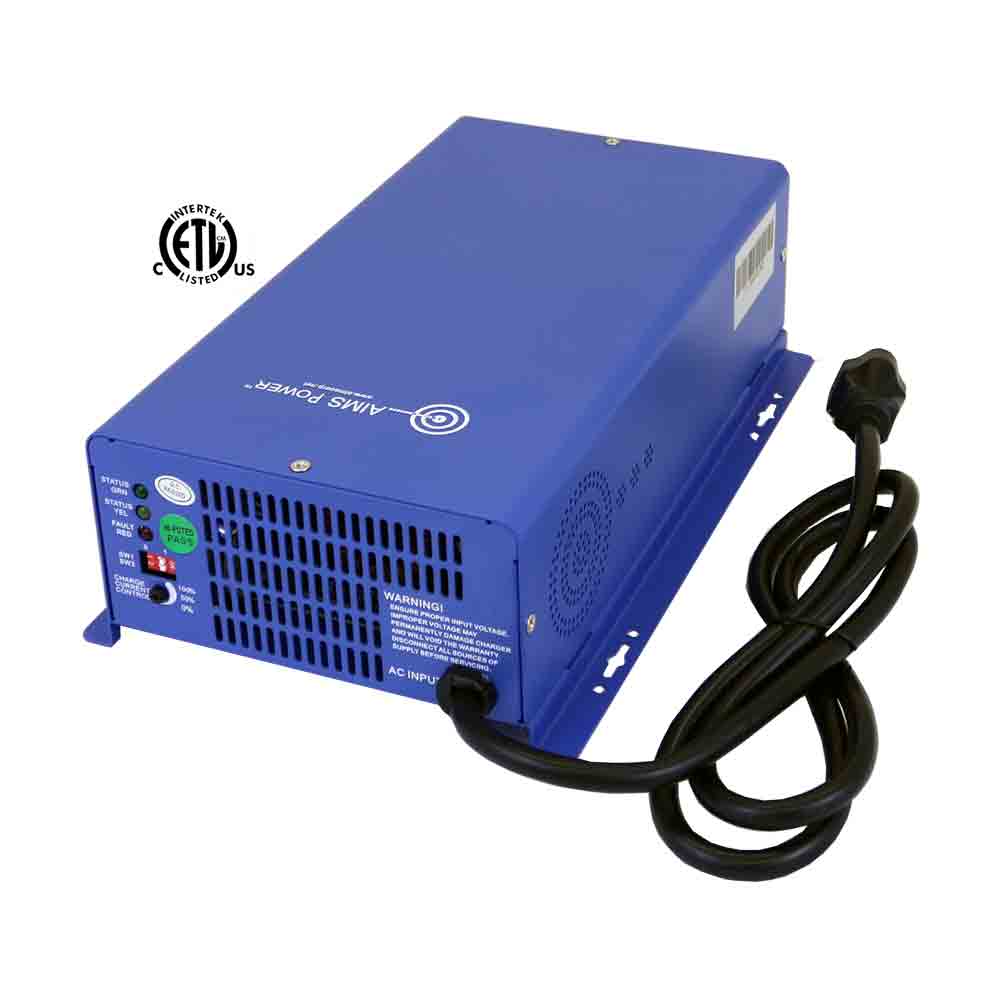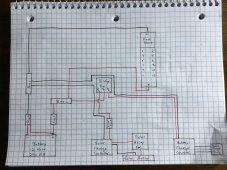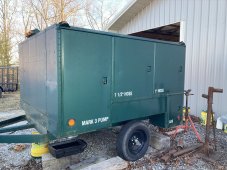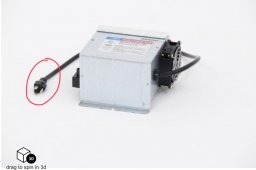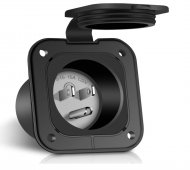Whatever your lithium battery is check the charging voltage. At 14.6 volts, this is more than I want to charge my Eve 280 ah cells I am installing. If it had an adjustable voltage that would be good, but reviews says it does not. Perhaps your battery bank has a 14.6 volts as an acceptable limit. My lithium batteries I'm installing are closer to 14 volts.
My converter charger I'm installing for my lithium upgrade matches within tolerance for charge voltage, but I will charge the batteries for a certain number of hours until the battery monitor puts it close to full and then shut the converter off. Basically, some converter chargers may not have a good float voltage for lithium battery banks. This is one Will recommended to charge lithiums:
Get versatility, fast charging and a warranty with the AIMS 12V and 24V AC 75-Amp Converter/Battery Charger from AIMS Power.

www.aimscorp.net
There are others that have an adjustable voltage, or a voltage closer to 14, I just chose that one.
I do believe you need a converter just for the times that the weather is cloudy and your bank is not recharging. I like to turn the heat on at night, especially in the 30s, and with the propane blower motor blowing at 9 amps, almost the whole night, my battery bank can get depleted. Won't take more than a day or two of cloudy weather to have my batteries close to 50% where I can't turn the heat on because they're to low..



